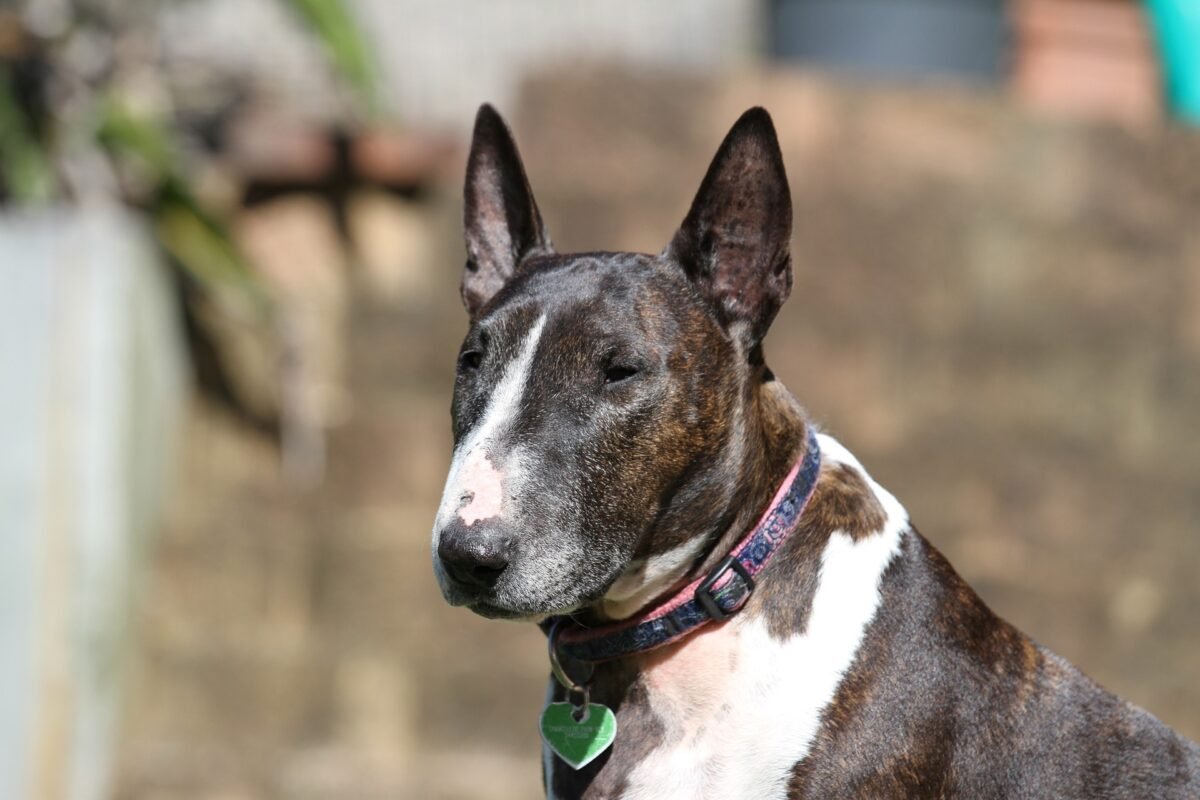-
Dog Licensing Could Aid Animal Welfare Law Enforcement.

The reintroduction of dog licensing in England & Wales could be an opportunity to aid animal welfare law enforcement and tackle many of the major issues surrounding irresponsible ownership. The old dog licence, which cost a ridiculous 37 pence (18.5p), was scrapped in 1987 on the pretext of being too difficult to administer and enforce.…
